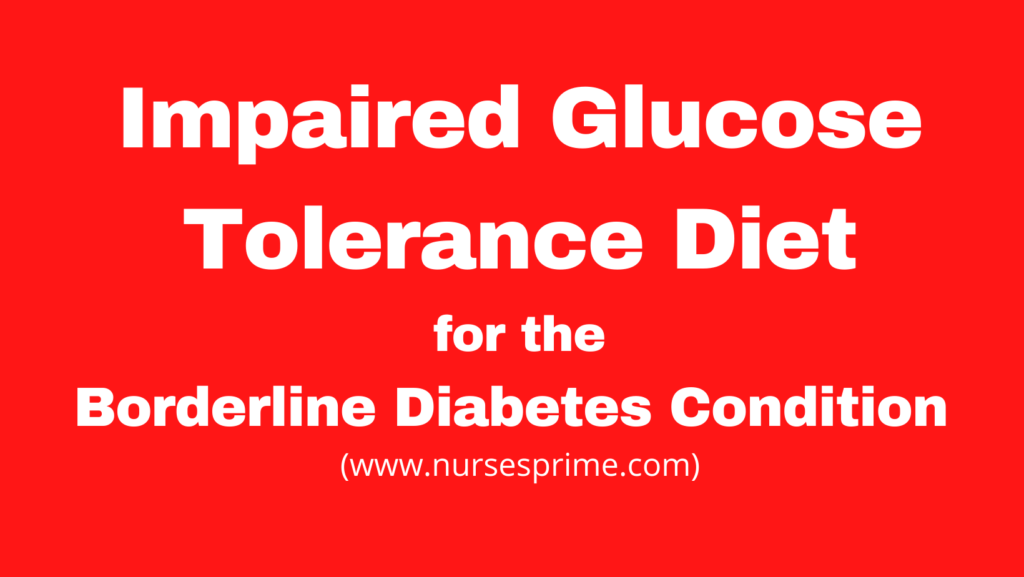Impaired Glucose Tolerance Diet, for the Borderline Diabetes Condition
Healthful Vitality | 04/10/2021 | By NP Contributor | Impaired Glucose Tolerance Diet.

Impaired glucose tolerance (IGT) is a borderline condition. It is still not diabetes, but it is a wake-up call. It is a time to take action immediately before it becomes too late. In this article we will explore impaired glucose tolerance diet for the borderline diabetes condition.
A person is living with IGT if the fasting glucose level is between 100 and 125 mg/dL. Or two-hour oral glucose tolerance test has values between 140 to 199 mg/dL.
Why is it essential to manage IGT?
Studies show that those diagnosed with IGT are at high risk of developing diabetes. 20% to 70% will develop diabetes in the next 3 to 6 years.
There are several other reasons to manage IGT. There are far more people living with IGT than with diabetes. Thus, around 10% of adults are living with diabetes and another 30% with IGT. It means that managing IGT may help prevent an increasing number of those living with diabetes.
Moreover, studies show that IGT is readily reversed with dietary measures. Therefore, even reducing 5-7% of body weight may considerably reduce the risk of developing IGT.
Although medications like metformin may help, it is not a solution to the problem.
Impaired glucose tolerance diet
There is no specific diet for IGT, but there are guidelines.
There are two major dietary problems that must be handled to reverse IGT. First, reduce total calorie intake. Second, minimize consumption of carbs. This, combined with exercise, may help reverse IGT in more than 90% of the cases.
1200 calorie diet, paleo diet, keto diet, and even a vegan diet
One of the good ways of countering IGT could be switching to a restrictive diet for a limited time, like a year or till IGT has been reversed. Thus, one may consider a 1200 calorie diet, paleo diet, keto diet, and even a vegan diet.
Liquid diet or 800-calorie diet
For obese individuals, a liquid diet or an 800-calorie diet practiced for 3 to 6 months may help considerably.
However, it is worth noticing that the long-term safety of restrictive diets is not proven. Additionally, since IGT is not a disease condition, it means that one does not need to follow restrictive diets religiously, and one has greater flexibility. In practice, it means that one may switch to a vegan diet and still consume animal products once or twice a week.
IGT diet: fewer restrictions
General recommendations for the IGT diet are similar to those living with diabetes, though there are fewer restrictions:
- Consume more fruits and vegetables, especially include vegetables of various colors
- Switch to whole grains, but give up processed grains.
- Choose lean sources of protein like fish, chicken breast, legumes, and nuts.
- Minimize intake of saturated fats
Apart from what to eat and whatnot, it is essential to be aware of portions size. As even healthy foods may be high in calories.
Further, learning to cook may help. Additionally, one may utilize other techniques known to create resistant starch like not overcooking rice or pasta, cooling them after cooking, and then reheating them.
Diet is an essential part of managing IGT. But its benefits can be boosted through other lifestyle interventions like 60 minutes of moderate physical activity a day.
Related: How to Stick to a Diet?
